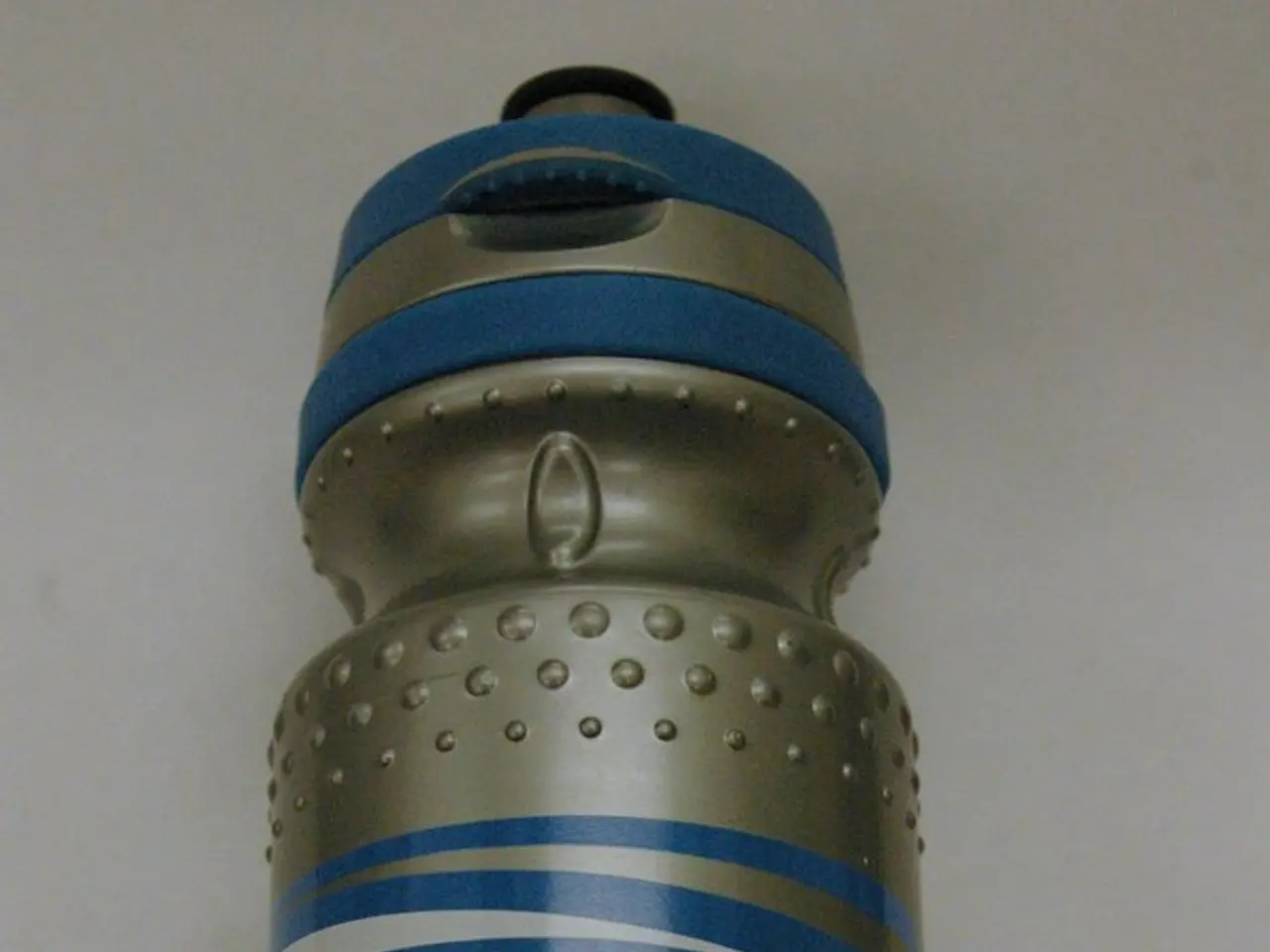Federal science-backed "wonder" drug arrived in the nick of time, potentially saving his life
In the 1950s, scientists at the University of Pennsylvania, funded by federal grants, first noticed a difference in the DNA of people with CML. This marked the beginning of a research journey that would span decades and ultimately lead to a breakthrough in the treatment of this rare disease.
The research led to the identification of the mutated gene that caused overproduction of tyrosine kinase, a critical enzyme in CML, by researchers at the federal National Cancer Institute in the early 1980s. This discovery was a significant step towards understanding the root cause of CML.
UCLA professor Owen Witte, building on this research, discovered in the mid-1980s that an abundance of tyrosine kinase was responsible for the symptoms of CML. This knowledge paved the way for the development of targeted inhibitors of tyrosine kinase, such as Gleevec.
Gleevec, a tyrosine kinase inhibitor drug, was approved for nationwide use after showing remarkable effectiveness in clinical trials. It marked the first drug in a new segment of the pharmaceutical industry, making tyrosine kinase inhibitors for various diseases. For Melvin Mann, a 37-year-old Army major diagnosed with CML in 1995, Gleevec was a miracle.
Before Gleevec, most people diagnosed with CML died of their disease within five years. Mann's white blood cell count increased, and he started to prepare for his impending death. However, he was among the first people to be treated with a tyrosine kinase-inhibiting drug in a clinical trial. Gleevec saved Mann's life, transforming CML from a fatal disease into a manageable chronic condition.
Today, about 9,000 Americans are diagnosed with CML each year. With treatment, CML patients can expect to live long, healthy lives. However, if the government pulls back on funding basic research, progress for rare disease patients "would come to a standstill."
Mann, now an advocate for federal funding for basic research, emphasizes its importance in finding a cure for CML and other rare diseases. The NIH estimates that 30 million Americans live with a rare disease. Without continued investment in research, millions more are still waiting for their miracles.
[1] National Cancer Institute. (2021). Chronic myeloid leukemia treatment. Retrieved from https://www.cancer.gov/types/leukemia/patient/cml-treatment-pdq [2] National Institutes of Health. (2021). Chronic myeloid leukemia (CML). Retrieved from https://www.nih.gov/health-information/nih-clinical-research-examples/cancer/chronic-myeloid-leukemia
- Scientists from the National Cancer Institute's research on science and medical-conditions like chronic-diseases led to the identification of a mutated gene causing CML in the early 1980s.
- The discovery of tyrosine kinase and its overproduction in CML patients was crucial in the development of targeted treatments such as Gleevec, a significant leap in health-and-wellness for those suffering from chronic-kidney-disease and even cancer like breast-cancer.
- Clinical trials testing the effectiveness of Gleevec, a tyrosine kinase inhibitor drug, demonstrated its remarkable prowess against CML, marking the beginning of a new phase in the pharmaceutical industry.
- The National Institutes of Health acknowledges the importance of federal funding for basic research, as it could potentially lead to cures for rare diseases, like chronic-kidney-disease, and improve the lives of the 30 million Americans currently afflicted by such conditions.




